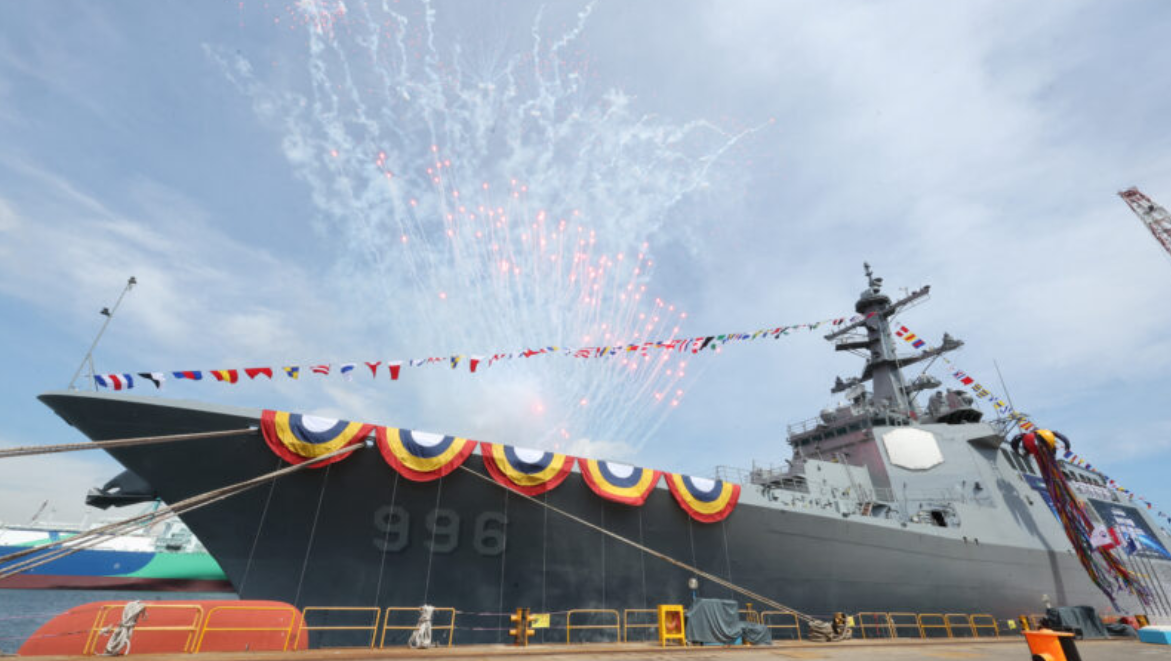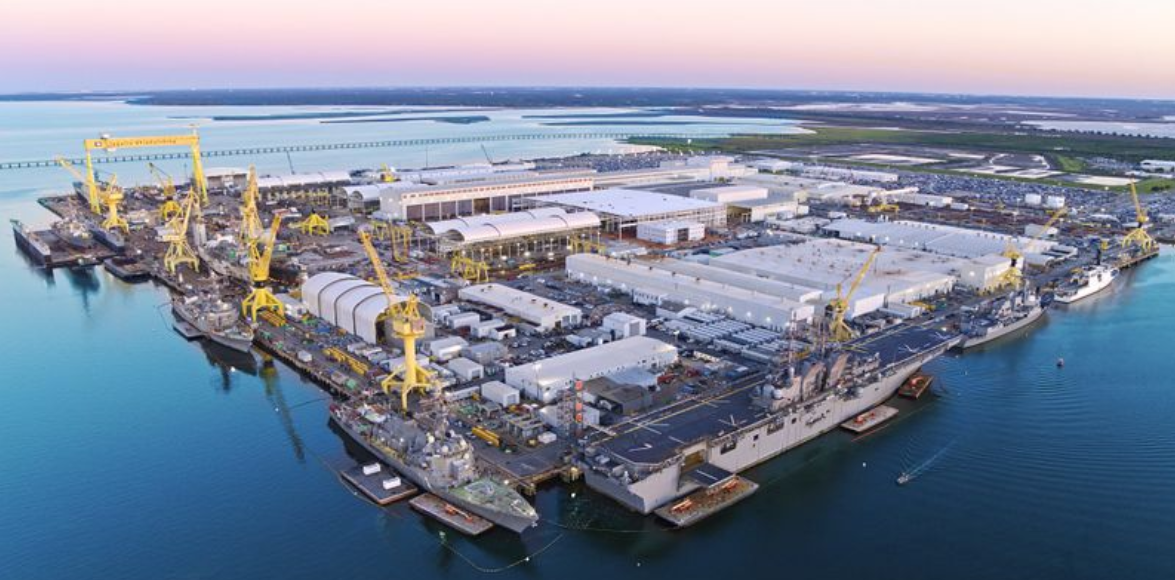As the South Korea-U.S. shipbuilding cooperation project “Make American Shipbuilding Great Again” (MASGA) gradually deepens, South Korea’s largest shipbuilding group HD Hyundai is accelerating its layout in the U.S. market.
According to Reuters, executives of HD Hyundai Heavy Industries, a shipbuilding subsidiary of HD Hyundai, revealed that the company is in talks with several companies to acquire US shipyards, aiming to take advantage of US President Trump’s policy to revitalize the sluggish shipbuilding industry.

In an interview, the head of planning and management for Hyundai Heavy Industries’ naval and special ships division Chung Woo-man revealed that the company is striving to achieve an annual revenue target of 3 trillion won (approximately $2.2 billion) by 2030 through its shipbuilding projects for the U.S. Navy.
Although he did not disclose the names of the companies involved in the negotiations or the scale of potential investment during the interview, he said: “A shipbuilding base will need to be established in the U.S. at some point in the future. Due to insufficient shipbuilding capacity in shipyards, the U.S. is clearly facing a situation where it is forced to open up its shipbuilding market. The U.S. must use the existing shipbuilding infrastructure and production capacity of its allies to fill the short-term shipbuilding gap.”
Data from the United Nations Conference on Trade and Development shows that while U.S. shipyards once held the world’s highest shipbuilding capacity during World War II, their global market share in 2024 stood at just 0.04%. Chinese and South Korean shipyards account for 83% of the world’s commercial ship construction.
Under the Korea-U.S. tariff agreement reached this July, South Korea committed to investing $350 billion in the U.S., with $150 billion earmarked as dedicated funding for Korea-U.S. shipbuilding cooperation. Against this backdrop, Hanwha Group announced a $5 billion investment to upgrade Hanwha Philly Shipyard (formerly Philly Shipyard), acquired in late 2024, and placed orders for 12 new ships across two types: two LNG carriers and ten oil tankers.
In late August, HD Hyundai announced the merger of its subsidiaries HD Hyundai Heavy Industries and HD Hyundai Mipo, aiming to consolidate its shipbuilding resources to expand into the defense market and align with the “Make American Shipbuilding Great Again” initiative. According to a September 18 report, the merger has received approval from South Korea’s Fair Trade Commission (KFTC).
Although South Korean shipbuilders are aggressively expanding into the U.S. shipbuilding industry, Chung Woo-man also pointed out in the interview that the U.S. shipbuilding sector faces multiple challenges, including a shortage of skilled workers. He stated: “Retaining personnel is a major challenge, as many workers at U.S. shipyards leave within a year.”
Based on its experience building a factory in Peru, HD Hyundai Heavy Industries will need three to five years to train American workers to increase production capacity. Chung Woo-man also noted that U.S. immigration policies could pose obstacles and called for improved visa policies for Korean trainees. This followed an incident in which hundreds of Korean workers were arrested at Hyundai Motor’s battery plant in Georgia.
Hyundai Heavy Industries’ expansion into the U.S. shipyard market is primarily targeted at the naval market. On September 18, Hyundai Heavy Industries’ Ulsan shipyard held a naming ceremony for the 8,200-ton Aegis destroyer, which is expected to be delivered to the South Korean Navy by the end of 2026.

The ship, which took 18 months to build, is a symbol of South Korea-U.S. cooperation. Its combat system utilizes technology provided by U.S. companies such as Lockheed Martin LMT.N. For example, HD Hyundai Heavy Industries’ construction time for this type of destroyer is less than two-thirds of that required by U.S. shipyards.
In addition, foreign shipbuilders face another challenge in their US operations: the Jones Act, which stipulates that domestic transportation in the United States must use ships built in the U.S. and flying the U.S. flag, and the Byrnes-Tollefson Amendment, which prohibits foreign shipyards from building U.S. ships.
Chung Woo-man said the U.S. Congress is considering revising these laws to help foreign shipbuilders build ships for the U.S., although these century-old laws are unlikely to be completely repealed.
Chung Woo-man stressed that despite the challenges, the U.S. remains the world’s most attractive ship market, while saying: “It is undeniable that if you want to do business with the U.S., you have to do it on American soil.”
It is reported that the major shipyards in the U.S. currently include: Newport News Shipbuilding and Ingalls Shipbuilding, subsidiaries of Huntington Ingalls Industries (HII), the largest defense shipbuilding group in the U.S.; General Dynamics NASSCO; Fincantieri Marine Group; Hanwha Philly Shipyard; Austal USA; Bollinger Shipyards; Vigor Industrial; Seaward Services; and Bath Iron Works. These shipyards handle a diverse range of ships, including commercial ships and naval ships.


